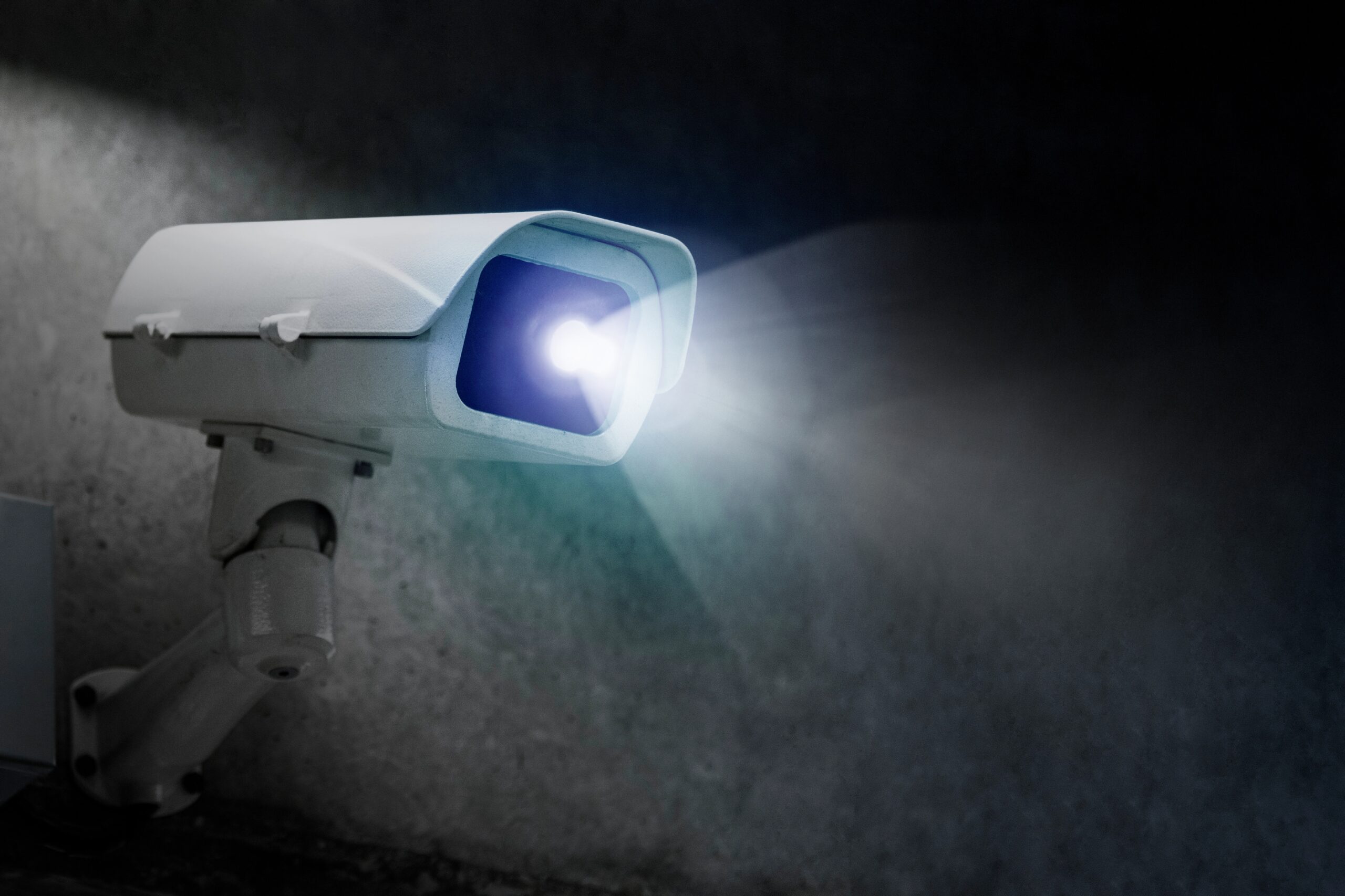Identification of Defendants in Video Surveillance Footage
Cameras are everywhere. Whether you’re out in public, in a business, or at home, there are almost always cameras capturing photos and videos. As such, in many trials, video is often presented as evidence for identification of criminal defendants. Recently, New York’s highest court ruled that a person who is not an eyewitness to the crime can testify at trial that the defendant is the person depicted in the video.
Identification of Person Video Made by Detective Who Knew Defendant
On June 10, 2015, a man fired three shots into a van in Syracuse. The van then drove off, and police recovered two bullet casings. Upon investigating, it was discovered that police cameras captured a grainy video of the man firing the shots. A detective later identified the defendant Farod Mosley as the man in the video. At trial, the prosecution called the detective to provide lay, non-eyewitness identification testimony.
Outside the presence of the jury, the detective testified that he met Mr. Mosley after the shooting during another criminal investigation. In the presence of the jury, the detective testified he knew Mr.Mosley through his routine canvassing in Syracuse but had not known him at the time of the shooting and did not know what Mr. Mosley had been wearing that day. Instead, the detective testified he based his identification on his later interactions with Mr. Mosley.
The jury ultimately convicted Mosley of two counts of Criminal Possession of a Weapon in the Second Degree and Reckless Endangerment in the First Degree. On appeal, the state’s highest court addressed the admissibility of the testimony of a person who was not an eyewitness to a crime identifying a defendant as the perpetrator of the crime via a video or photo relating to the commission of the crime.
The Defendant’ Appealed, Claiming the Detective’s Identification Was Improper
In People v. Mosely, the Court of Appeals held that a lay person could make an identification such as the one at issue. In its decision, the high court indicated that two foundation elements must first be established.
“Due to the widespread deployment of surveillance in public spaces and the ubiquity of private cameras and video recording devices, lay opinion identification testimony has become an increasingly common form of evidence. Correspondingly, lay opinion identification testimony and the issues surrounding its admissibility have garnered increased attention from courts around the country.”
Initially, it must be shown that the witness is sufficiently familiar with the defendant that their testimony would be reliable. For this prong, the court must consider this outside of the presence of a jury in a separate hearing. If the witness lacks familiarity with the defendant, the testimony is not admissible.
Second, there must be a reason to believe the jury would require the assistance of such a witness in making its independent assessment. In deciding this prong, the court should consider such things as if the defendant’s appearance has changed, if the individual is wearing a disguise, or the quality of the video or photo.
Conclusion in the Mosely Case
Because the prosecution failed to establish that the detective’s testimony would aid the jury in making an independent assessment regarding whether the person in the video was Mosley, the conviction was reversed.
In particular, the detective wasn’t able to specify the details of his interactions with Mr. Mosely. He also didn’t know the defendant at the time of the shooting. Further, the detective was not able to identify a distinctive trait that could have connected Mr. Mosely to the person in the video, and because of the poor video quality, that trait wouldn’t have been observable in the video footage. Finally, the prosecution failed to establish that the jury needed the detective’s assistance in identifying Mr. Mosely.
References:
- Brendan J. Lyons, “Cameras are everywhere, and criminals are increasingly being snared,” Times Union (Jan. 7, 2024). Available at: https://www.timesunion.com/state/article/cameras-everywhere-criminals-paying-price-18589744.php (last accessed June 7, 2024).
- People v. Mosely, 2024 NY Slip Op. 02125 (Apr. 23, 2024). Available at: https://www.nycourts.gov/ctapps/Decisions/2024/Apr24/23opn24-Decision.pdf (last accessed June 7, 2024).
Image: Image by rawpixel.com

